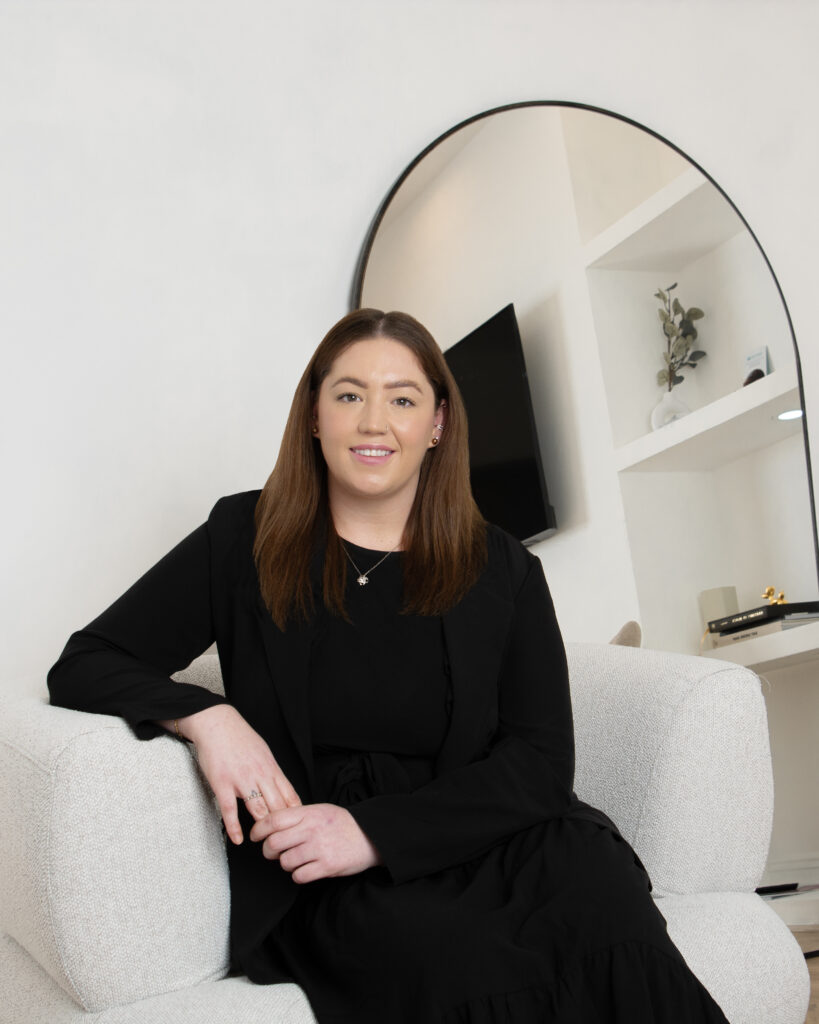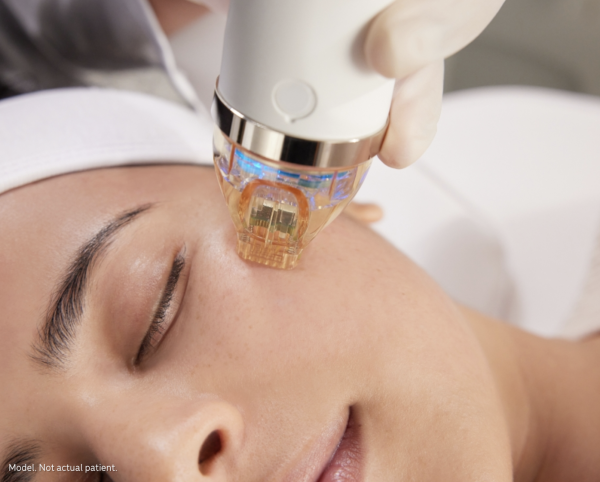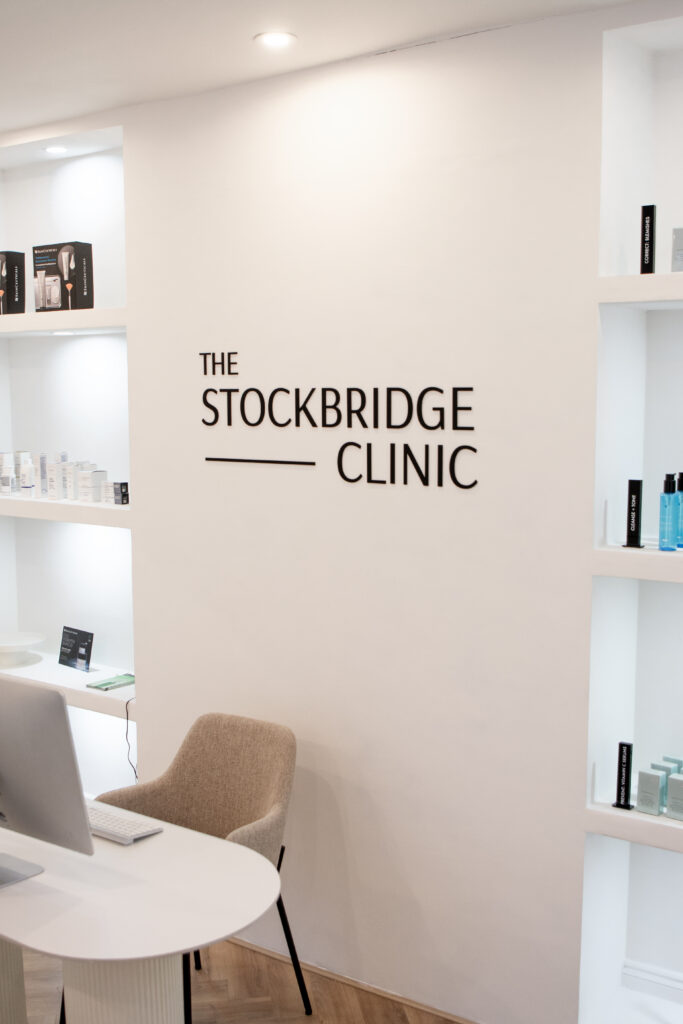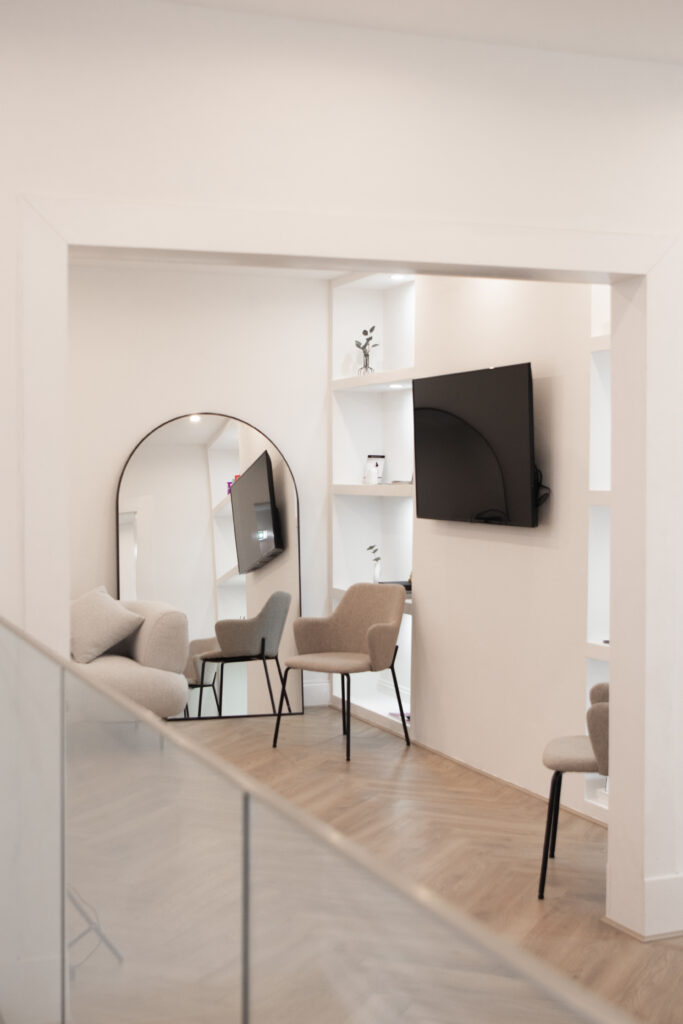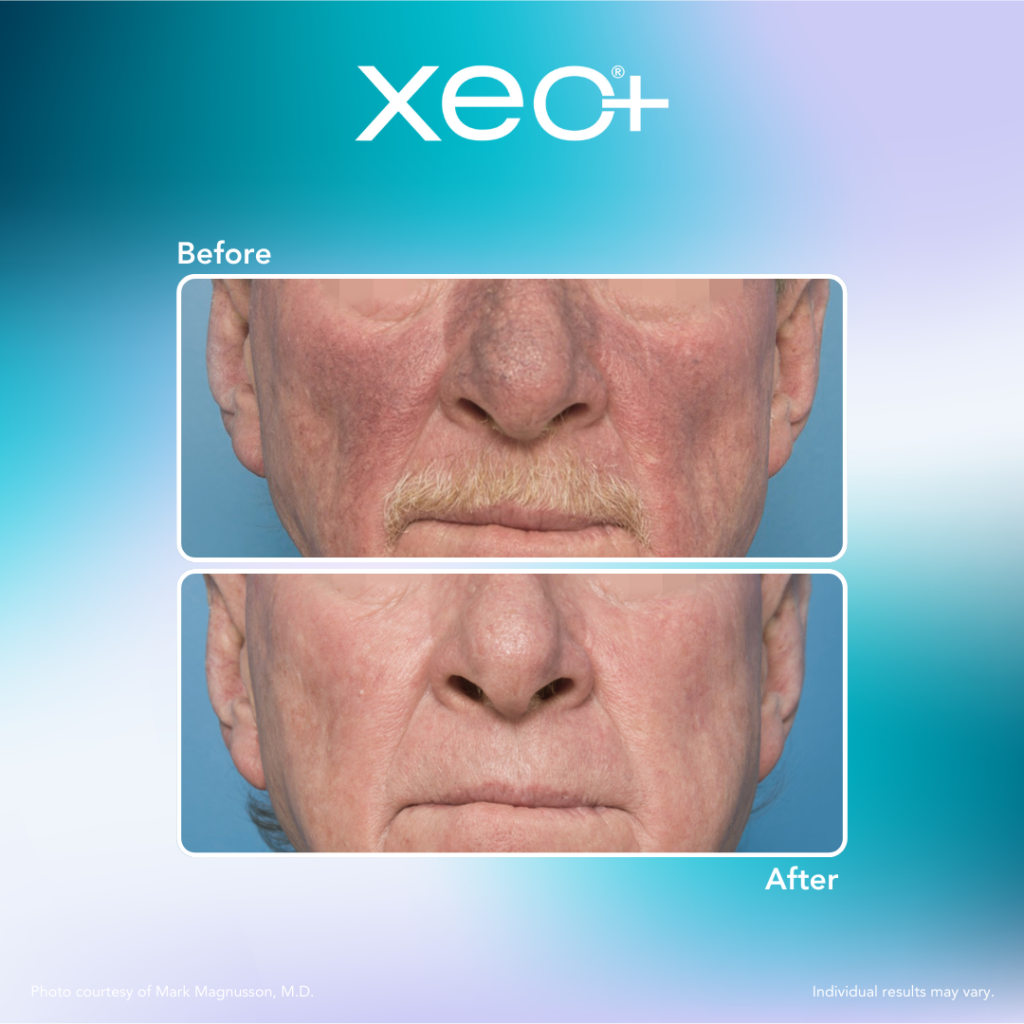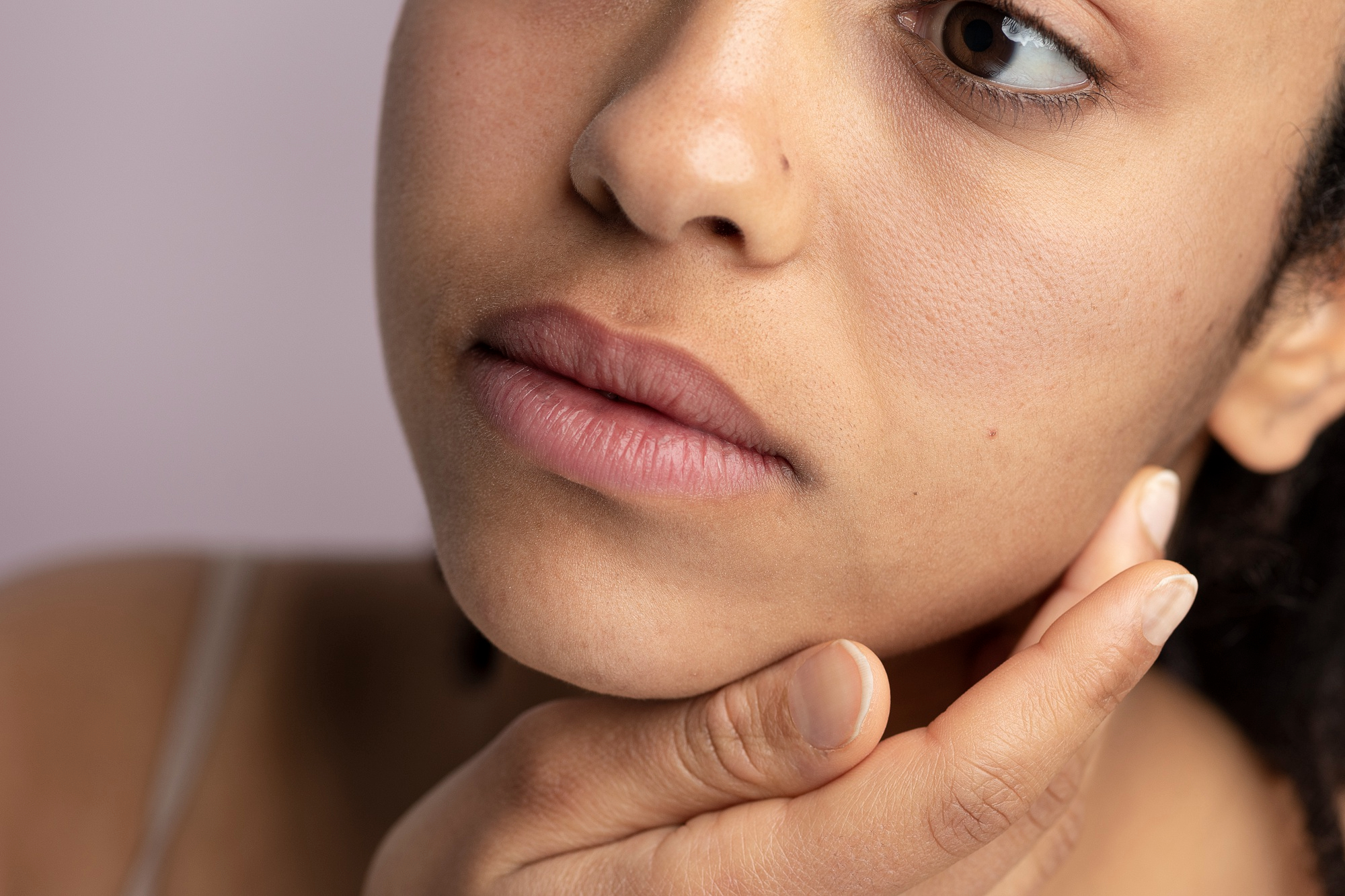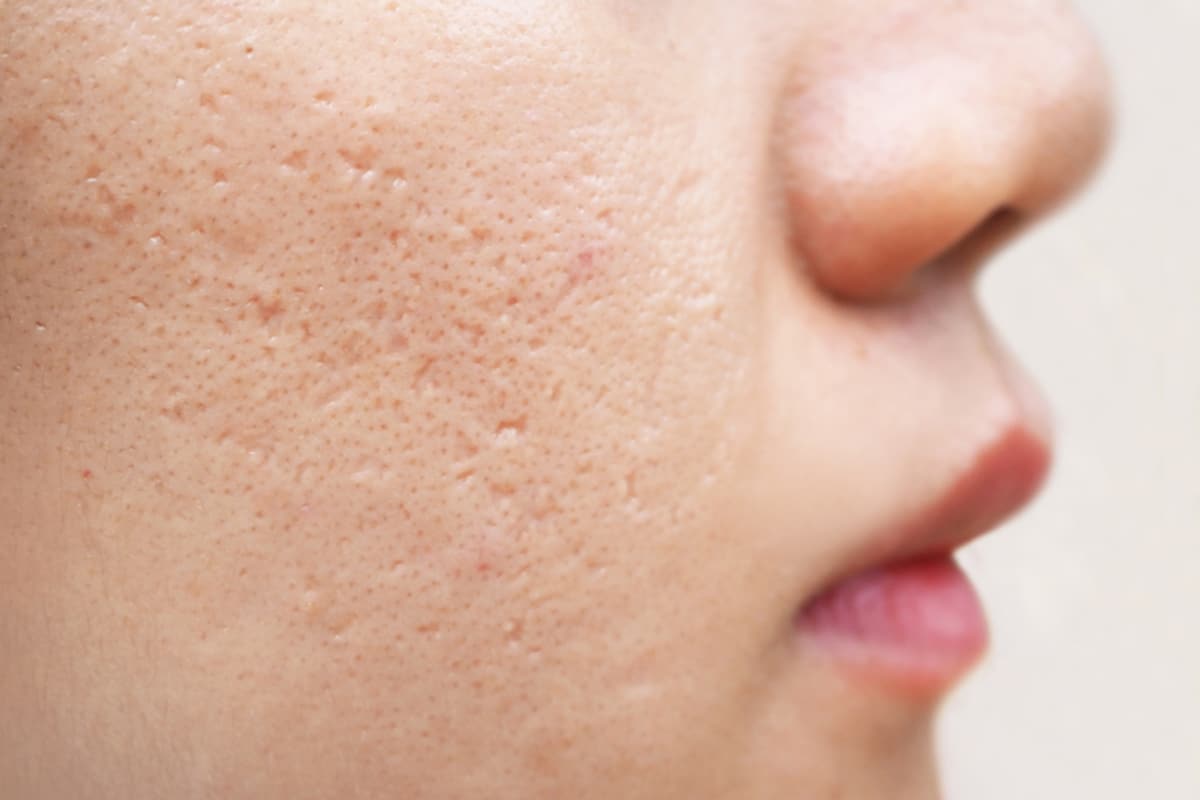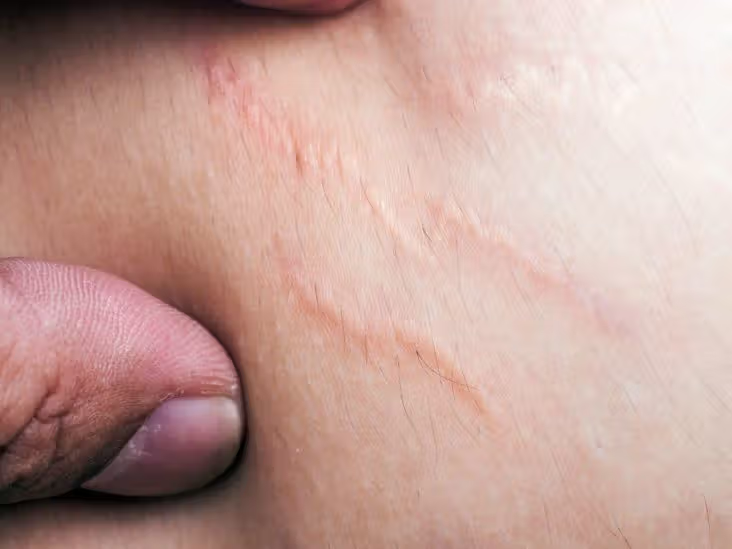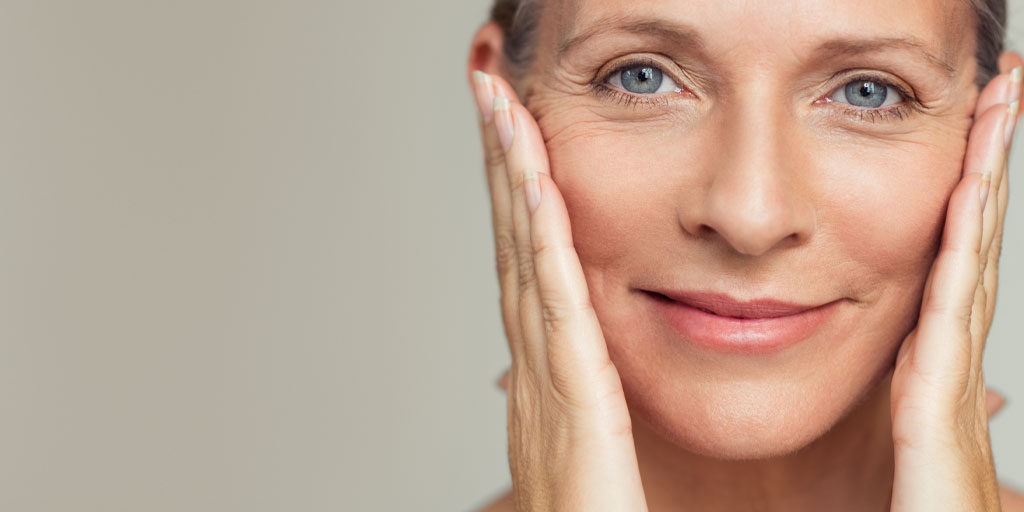
Sagging Skin
Sagging skin is primarily caused by the natural aging process, as the production of collagen and elastin—proteins that provide skin with firmness and elasticity—declines over time. This loss leads to skin loosening and sagging. Sun exposure accelerates this process, causing photoaging and further weakening of the skin’s support structure. Other factors, such as smoking, dehydration, poor diet, and a lack of sleep, can also contribute by damaging the skin’s ability to regenerate and maintain moisture.
